Anasua Chatterjee
Autonomous Bootstrapping of Quantum Dot Devices
Jul 29, 2024Abstract:Semiconductor quantum dots (QD) are a promising platform for multiple different qubit implementations, all of which are voltage-controlled by programmable gate electrodes. However, as the QD arrays grow in size and complexity, tuning procedures that can fully autonomously handle the increasing number of control parameters are becoming essential for enabling scalability. We propose a bootstrapping algorithm for initializing a depletion mode QD device in preparation for subsequent phases of tuning. During bootstrapping, the QD device functionality is validated, all gates are characterized, and the QD charge sensor is made operational. We demonstrate the bootstrapping protocol in conjunction with a coarse tuning module, showing that the combined algorithm can efficiently and reliably take a cooled-down QD device to a desired global state configuration in under 8 minutes with a success rate of 96 %. Importantly, by following heuristic approaches to QD device initialization and combining the efficient ray-based measurement with the rapid radio-frequency reflectometry measurements, the proposed algorithm establishes a reference in terms of performance, reliability, and efficiency against which alternative algorithms can be benchmarked.
Data Needs and Challenges of Quantum Dot Devices Automation: Workshop Report
Dec 21, 2023Abstract:Gate-defined quantum dots are a promising candidate system to realize scalable, coupled qubit systems and serve as a fundamental building block for quantum computers. However, present-day quantum dot devices suffer from imperfections that must be accounted for, which hinders the characterization, tuning, and operation process. Moreover, with an increasing number of quantum dot qubits, the relevant parameter space grows sufficiently to make heuristic control infeasible. Thus, it is imperative that reliable and scalable autonomous tuning approaches are developed. In this report, we outline current challenges in automating quantum dot device tuning and operation with a particular focus on datasets, benchmarking, and standardization. We also present ideas put forward by the quantum dot community on how to overcome them.
Learning Coulomb Diamonds in Large Quantum Dot Arrays
May 03, 2022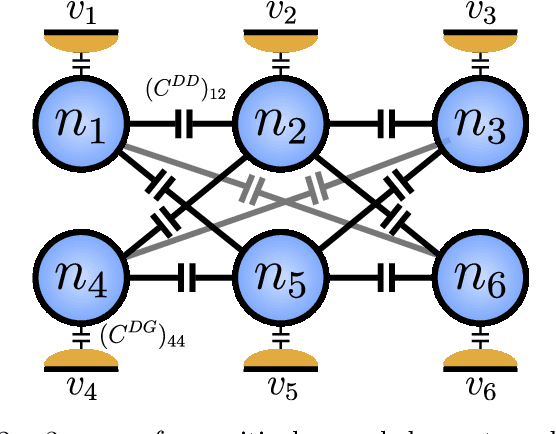
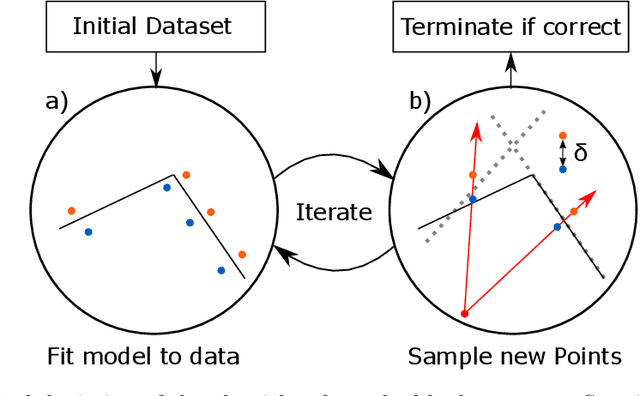
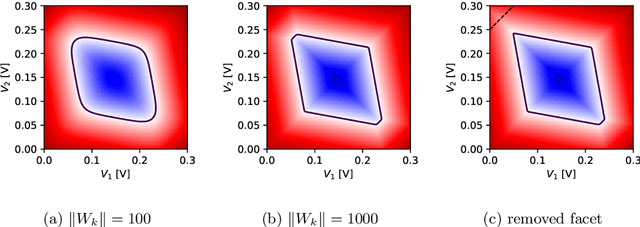
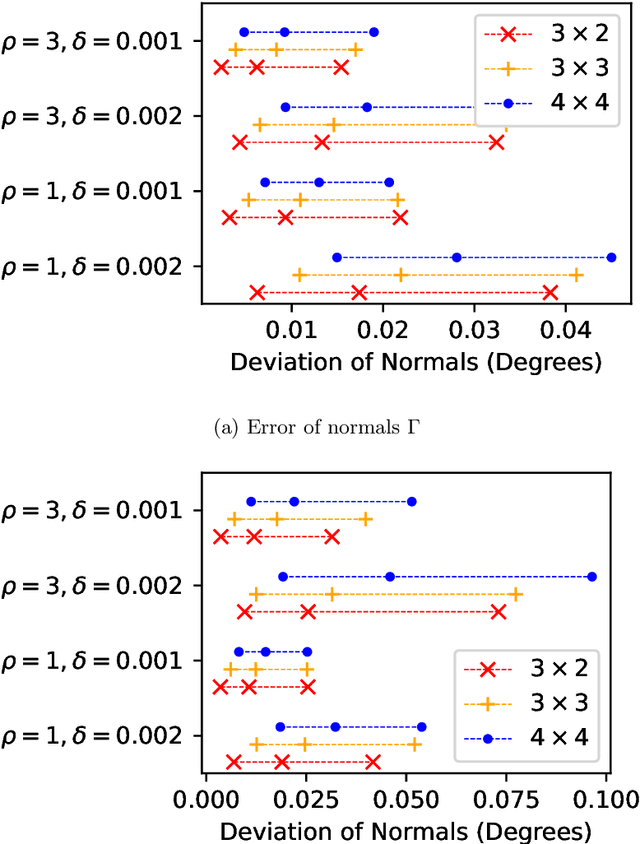
Abstract:We introduce an algorithm that is able to find the facets of Coulomb diamonds in quantum dot arrays. We simulate these arrays using the constant-interaction model, and rely only on one-dimensional raster scans (rays) to learn a model of the device using regularized maximum likelihood estimation. This allows us to determine, for a given charge state of the device, which transitions exist and what the compensated gate voltages for these are. For smaller devices the simulator can also be used to compute the exact boundaries of the Coulomb diamonds, which we use to assess that our algorithm correctly finds the vast majority of transitions with high precision.
Estimation of Convex Polytopes for Automatic Discovery of Charge State Transitions in Quantum Dot Arrays
Aug 20, 2021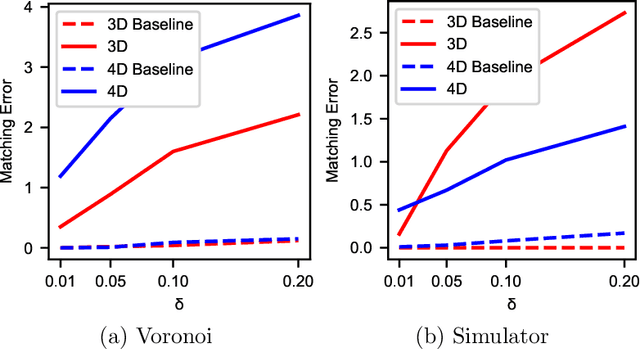
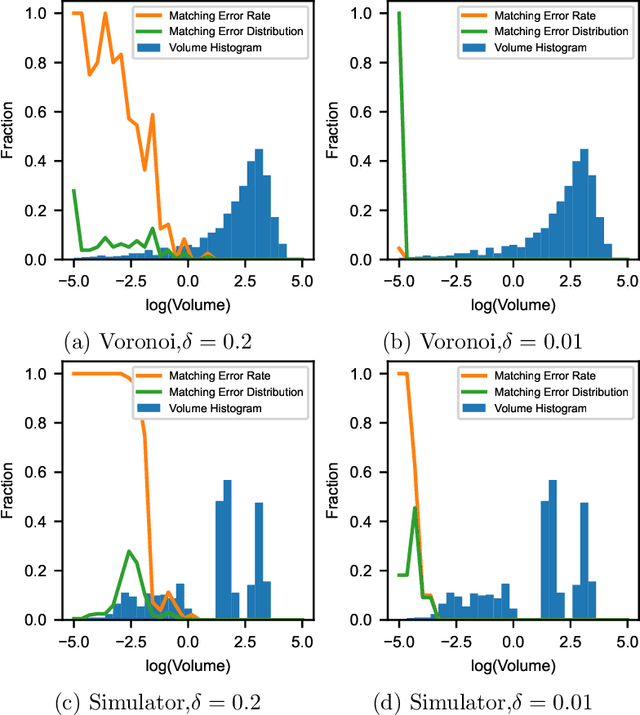
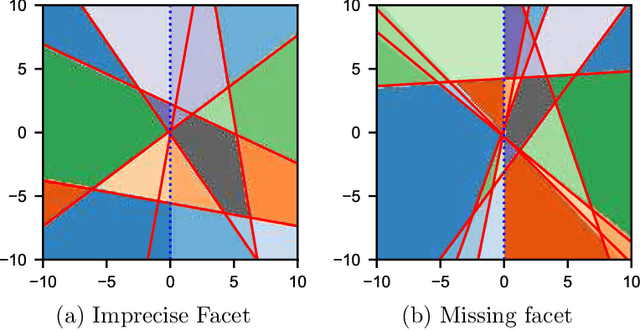
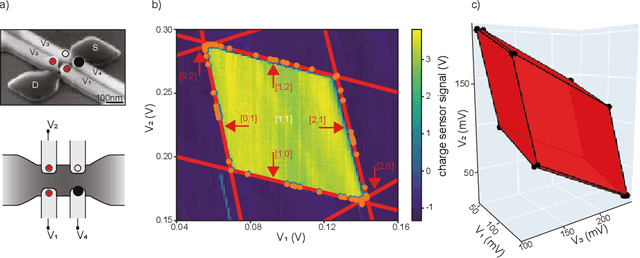
Abstract:In spin based quantum dot arrays, a leading technology for quantum computation applications, material or fabrication imprecisions affect the behaviour of the device, which is compensated via tuning parameters. Automatic tuning of these device parameters constitutes a formidable challenge for machine-learning. Here, we present the first practical algorithm for controlling the transition of electrons in a spin qubit array. We exploit a connection to computational geometry and phrase the task as estimating a convex polytope from measurements. Our proposed algorithm uses active learning, to find the count, shapes and sizes of all facets of a given polytope. We test our algorithm on artifical polytopes as well as a real 2x2 spin qubit array. Our results show that we can reliably find the facets of the polytope, including small facets with sizes on the order of the measurement precision. We discuss the implications of the NP-hardness of the underlying estimation problem and outline design considerations, limitations and tuning strategies for controlling future large-scale spin qubit devices.
 Add to Chrome
Add to Chrome Add to Firefox
Add to Firefox Add to Edge
Add to Edge